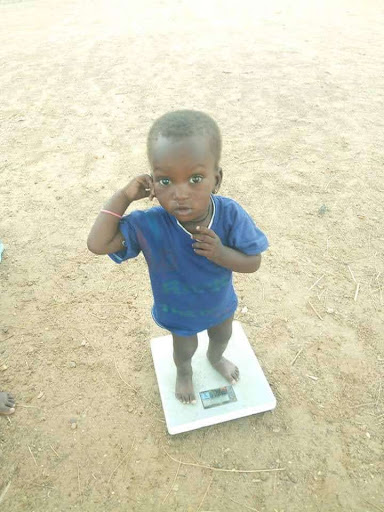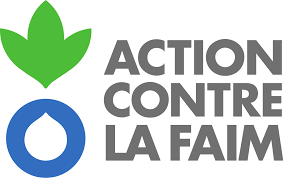The Impact of a Nutrition-Focused Livelihoods Program on Child Nutrition in Burkina Faso

In collaboration with IPA Burkina Faso, Action Contre la Faim, and Terre des Hommes, researchers conducted a randomized evaluation to measure a nutrition-focused livelihoods program’s impacts on household income, assets, and child nutrition. Two years after the end of the intervention, the program reduced extreme poverty by 28 percent, reduced short-term and chronic child malnutrition by 33 percent, and increased cognitive and motor skills of children born during the program.
Malnutrition affects more than 148 million children worldwide, 24 percent of whom live in West Africa. Chronic malnutrition can lead to irreversible cognitive and motor development issues.1 In Burkina Faso, a 2020 statistical survey found significant levels of malnutrition in children between the ages of six months and six years, with approximately 9 percent experiencing wasting, 25 percent experiencing stunted growth, and 18 percent experiencing malnourishment.2 In an effort to reduce malnutrition and poverty in ultra-poor households with young children, Action Contre la Faim and Terre des Hommes implemented a multifaceted program consisting of cash transfers, productive asset transfers, and nutrition interventions.
In partnership with Action Contre la Faim, Terre des Hommes and IPA Burkina Faso, researchers conducted a randomized evaluation to measure whether the nutrition-focused livelihoods program improved child nutrition, household income, and assets. The intervention took place in 168 villages in the East and Boucle du Mouhoun regions, with 3,500 ultra-poor households with young children under the age of 5 or pregnant women participating. Villages were randomly assigned to one of the following groups:
- Unconditional cash transfers: This group received monthly cash transfers (USD 36 in year 1 and USD 27 in year 2) during the lean season.
- Cash and productive assets transfers: This group received both cash and vouchers to acquire poultry or livestock.
- Full program: This group received cash, productive assets, and a nutrition-focused program that included nutrition training, a garden kit, and nutrient-rich food transfers (enriched flour) intended for children aged six to twenty-three months and pregnant or lactating women.
- Comparison group: Households in this group received no intervention.
During the evaluation period, all villages also received community-level interventions, unrelated to the evaluation, which sought to enhance community resilience through health management, accountability, risk preparedness, and climate adaptation.
One year after the beginning of the intervention, extreme poverty was reduced by between 50 and 70 percent across the three groups. Two years later, the full program had lasting impacts, having reduced extreme poverty by 28 percent—driven mainly by increased investments in agricultural equipment. Only the full program—which included the nutrition-focused component—had an impact on child health outcomes, reducing acute and chronic malnutrition by 33 percent and increasing motor and cognitive development among newborn children.
Sources
1 UNICEF, WORLD HEALTH ORGANIZATION, AND WORLD BANK GROUP (2023): “Levels and trends in child malnutrition: Joint child malnutrition estimates,” Tech. rep., UNICEF, WHO, and World Bank.
2 ENN (2020): “ENQUÊTE NUTRITIONNELLE NATIONALE,” Tech. rep., Ministère de la Santé du Burkina Faso.
Implementing Partners


















